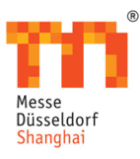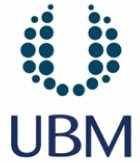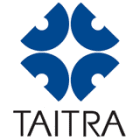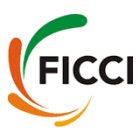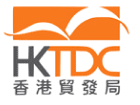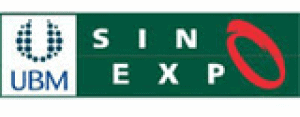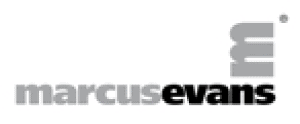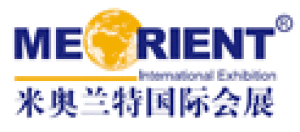ULTIMATE GUIDE TO ORGANIZE SUCCESSFUL WEBINARS
2020 was a challenging year for most people. The COVID-19 pandemic disrupted not just how people lived their lives, but also how we learn and conduct business. For example, due to the pandemic, many schools and universities moved their lectures online, i.e. adopted virtual classrooms, while some businesses gave customers only the option of ordering online. Some of the changes we saw as a result of the pandemic have slowly become a part of our daily routines: virtual classes and meetings have become classes and meetings. Many previous naysayers about the effectiveness of virtual events are turning around and experimenting with it. But regardless, the million-dollar question remains: is there user adoption? Will user behavior change as quickly as they adopted event format like a webinar?

While we wait to see the user verdict, what is clear is that virtual is a life saver for many event formats, industries and specific use cases. By eradicating borders and making the world truly global, virtual events are disrupting experiences and setting new rules and processes in place. As virtual events models continue to pave the way in 2021, both traditional planning and newly acquired digital skills will remain very essential for any event strategy and execution. In this guide, we will dive deep into the fundamentals of executing compelling webinars and great ways to engage with your prospective clients in a non-salesy way
WHAT IS A WEBINAR?
Were going to start from the basics. Very simply put, a webinar is a seminar hosted through a web-based virtual event platform. Its often titled as web conferences, video conferences, webcast or an online seminar. Typically, a webinar features the following participants:
- An organizer The one who is responsible for process and seamless event execution.
- A presenter or webinar host/speaker The one who addresses the audience, presents engaging content and, in some cases, broadcasts videos and slides.
- Listeners or webinar attendees Those who attend and listen to the presentation via smart devices like a PC, laptop or smartphone as per their convenience.
ADVANTAGES OF A WEBINAR
Webinars are convenient for both the host and the attendee. With a webinar, every aspect of the event remains the same as an in-person or physical event, with the only difference being that a webinar takes place online. This event format is best suited to business organizers for internal or external meetings like sales kick-offs, employee meet-ups, town halls, training programs, educational workshops, investor meets, product launches, service offerings and more. So, whatever the purpose behind face-to-face meeting is, it can now be adequately replaced with a webinar meeting. Moreover, a webinar can be an instructive or educational event or a meeting that involves audio-visual communication between a host and attendees.
Another great advantage of webinars is the possibility of organising it at any time and for a global audience. Anyone can participate in a webinar without leaving their office or the comfort of their home, or even while on a business trip or vacation. Webinars make the world truly global in that they eradicate the need for any travelling, and thus help to address the health and safety concerns for prospective participants given the current restrictions worldwide due to COVID-19.
The third, and possibly the most important advantage of a webinar is the cost effectiveness. Traditionally, for any offline event or physical meeting, organizers cruise through numerous challenges such as finding a suitable venue, inviting and guiding attendees to physically make their way to the chosen location, fulfilling the complex logistic requirements associated with organizing such on-site events, investing heavily on their marketing strategy, arranging security, hiring food vendors and managing physical entry into meeting spaces. However, by hosting webinars through virtual event venues, organizers are relieved of the possible exponentially rising budgets involved in organising physical meetings, and as a result, can concentrate on creating a rich and exciting attendee experience.
Lastly, one rarely talked about advantage of webinars is the conversion rate of users. In physical events, the conversion rate of attendees from interest to final footfall usually hovers at around 10-15%. However, with virtual meetings, the average conversion rate can be significantly higher, due to the convenience factor and cost savings.
In addition to the above advantages of webinars over physical meetings, here is a quick summary of few more benefits of hosting a webinar:
- It enables the organizer to build a new list of contacts, as every attendee is a new and potential client.
- By registering as attendees, people are indicating an interest in your product offering. This way, they become qualified leads, making it easier to nurture and convert them.
- It helps to stay ahead of competition by establishing the organizer as an industry leader.
- It is a great platform for sharing expertise, information and product promotion to the target market.
- Recorded webinars can serve as a valuable content for marketing teams.
- Customer onboarding and training webinars allow you to deliver more product value.
- Hosting effective webinars can be useful in building brand awareness and setting the brand voice.
DIFFERENT TYPES OF WEBINARS THAT HELP YOU REACH YOUR REVENUE GOALS
Now that weve known what a webinar is and the advantages webinars have over physical meetings, its time to tell you the different types of webinars and how you can adopt them to achieve your revenue goals. For starters, the topic and purpose of a webinar are two main reasons an attendee would consider before choosing to register for the webinar. Regardless, the type of event and knowledge takeaway also play an important role in the decision making, as there may be other competing webinars or even physical events being organized. With that in mind, lets take a look at different types of webinars businesses are exploring:
-
Online Training or Continuing Education Programs
These are courses or certifications offered by educational institutes that help develop knowledge in specific areas that help beneficiaries to remain current in their careers or to train them for a new job. This can of webinar can also help participants develop serviceable skills, earn a recognition or degree or develop personal interest in the subject matter.
-
Employee Training & Development
These are internal online events or video-based learning programs that help employees to learn important skill sets or impart knowledge to improve employee productivity and performance in their designated job roles. Such webinars can often be useful for employee retention, improving company culture and talent development. Consequently, such webinars play a vital role in ensuring higher profitability.
-
Product Promotion & Demos
With online shopping on the rise, this is one of the most lucrative means for marketers and sales professionals to offer product/service information to prospective customers or investors via interactive face-to-face webinars. This type of webinar includes display of product USPs, video demos, customer success stories, offers and discounts which captivates the audience and ensures a stimulating buyer journey.
-
Customer On-Boarding
Every organization focuses on onboarding their customers after they buy a product or service in order to leave a lasting impression on the customer and to ensure future sales to said customer. This type of webinar is organized by almost all business owners to deliver a great user experience, drive adoption, show product case studies, demonstrate product features and drive interactive Q&A sessions.
-
Lead Gen Activity
This type of webinar is organized with one primary purpose in mind: to acquire new sets of contacts. The contacts can be termed opt-in or qualified leads for any business. The aim with lead generation webinars can be to educate prospective clients about a business expertise through thoughtful content in order to establish credibility during the presentation. The attendees can be followed up post-event and can also be added to the sales funnel, thus allowing for faster conversion.
-
Customer Retention and Nurturing
Achieving sales goals is a challenge in itself. Moreover, an essential component of marketing is to ensure a customer becomes a brand loyalist and stays with the brand long-term. This type of webinar event is organized to nurture customer relationships, keep them updated on new features and developments, answer questions and portray the business as approachable and involved.
-
Community Members Engagement
Business professionals often purchase membership to be a part of a community or association. This type of webinar offers great value proposition for the paid membership packages as there is no extra cost for paid members to attend it. These webinars can be useful to provide continuous education, promote new offers, and lead buyer-seller meetings to evolve the community as a whole.
-
Conference or Panel Discussion
A web conference or panel discussion is a great way to connect industry experts with the relevant audiences to drive knowledge sessions, present case studies, learn from thought leaders, conduct polls and create networking opportunities. This type of event can either be a roundtable discussion with multiple industry experts or individual speaker sessions to engage the audience.
HOW TO RUN A WEBINAR & BEST PRACTICES
Now that you know the different types of webinars and their use cases, the next step is to understand how you can organize webinars that suit your business needs! Here are a few tips and steps you can follow:
-
Start by choosing the right topic and format
You must define the purpose of the webinar: this is the foundation of every webinar. Most webinars last for 30-60mins, so it is important to ask yourself what important knowledge you can share in an hour or even 30 minutes (or less), as the case may be. You can get inspiration for the webinar topic from other content statistics that drive major traffic to your website. See what your audience prefers and create a compelling format to inspire attendees to register.
-
Appoint a Presenter or Webinar Speaker
The webinar speaker can be someone who is a qualified presenter such as a thought leader who can elaborate on the subject, keep it interactive and non-salesy, great at public speaking, has an appealing personality and can rightly answer questions from the audience.
-
Strategize and Plan Content
Since a webinar runs for just an hour or two, content planning plays a vital role as participants must feel engaged throughout the entire event. The presentation can be given by a host or it could be a pre-recorded video. In both cases, only 20% of the content should be product promotion, whereas 80% of the content must be knowledge or networking driven. You can also add in a bonus or incentive for the audience, conduct a quiz or poll, involve attendees in case studies, etc. Another focus area must be to choose the right time to schedule the webinar event as it may be difficult choosing the right day and time. However, a few statistics show that the best time to plan webinar events is between Tuesday and Thursday, and either between 10am -12noon or 3pm 4pm.
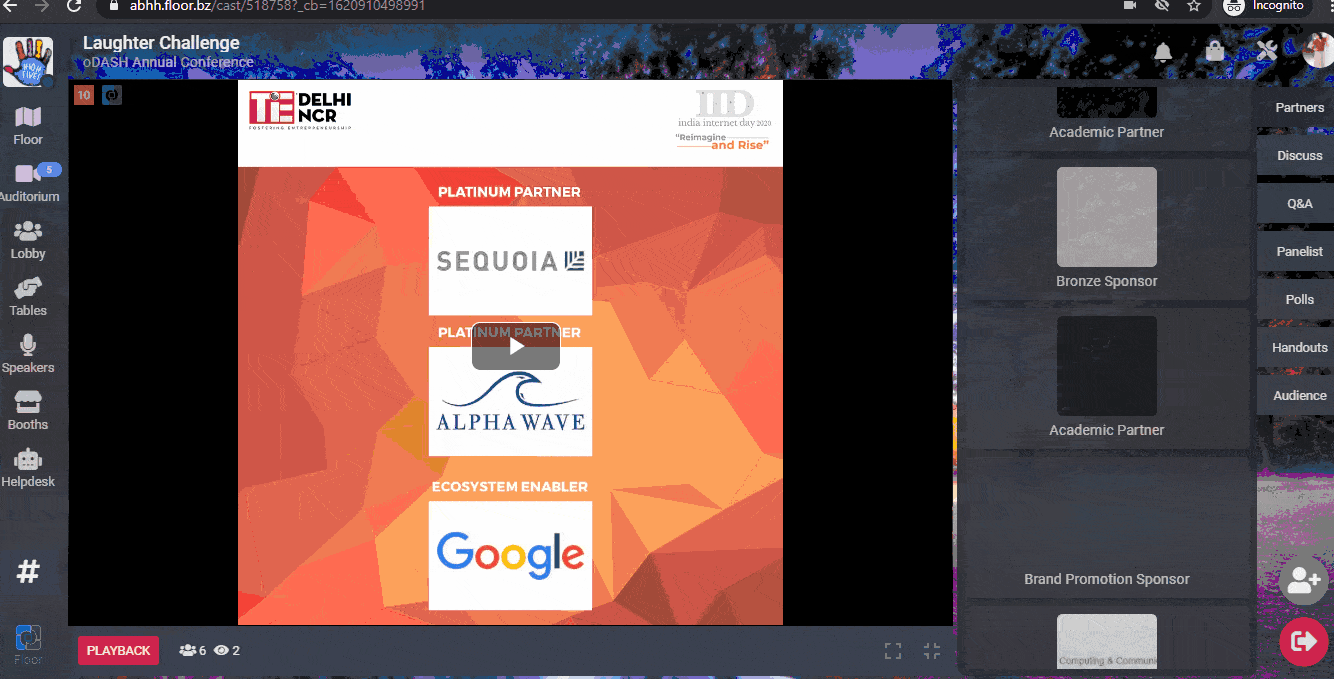
-
Choose A Suitable Platform
Depending upon the goal of the webinar and your budget, you can choose from a variety of platforms available. However, the most important feature should be audience engagement and potential for monetization. With more than 100 features offered on a virtual event space, you can facilitate online interactions, hold and rate speaker sessions, live stream content, share presentations, distribute free digital handouts, enable audience chats, hand raise Q&A sessions, conduct audience polls, build virtual exhibition booths and so much more.
Based on usage pattern on FLOOR from over 1000 hosted events, we found the following features popular amongst event planners: live & pre-recorded video streaming, multi-device accessibility, instant chat messaging, file sharing capabilities, shared screen options, brandable virtual backgrounds, virtual meeting rooms, breakout session rooms, polling tools, audio and video recording facility, seamless registration, automated reminders, engagement analytics and strong customer support.
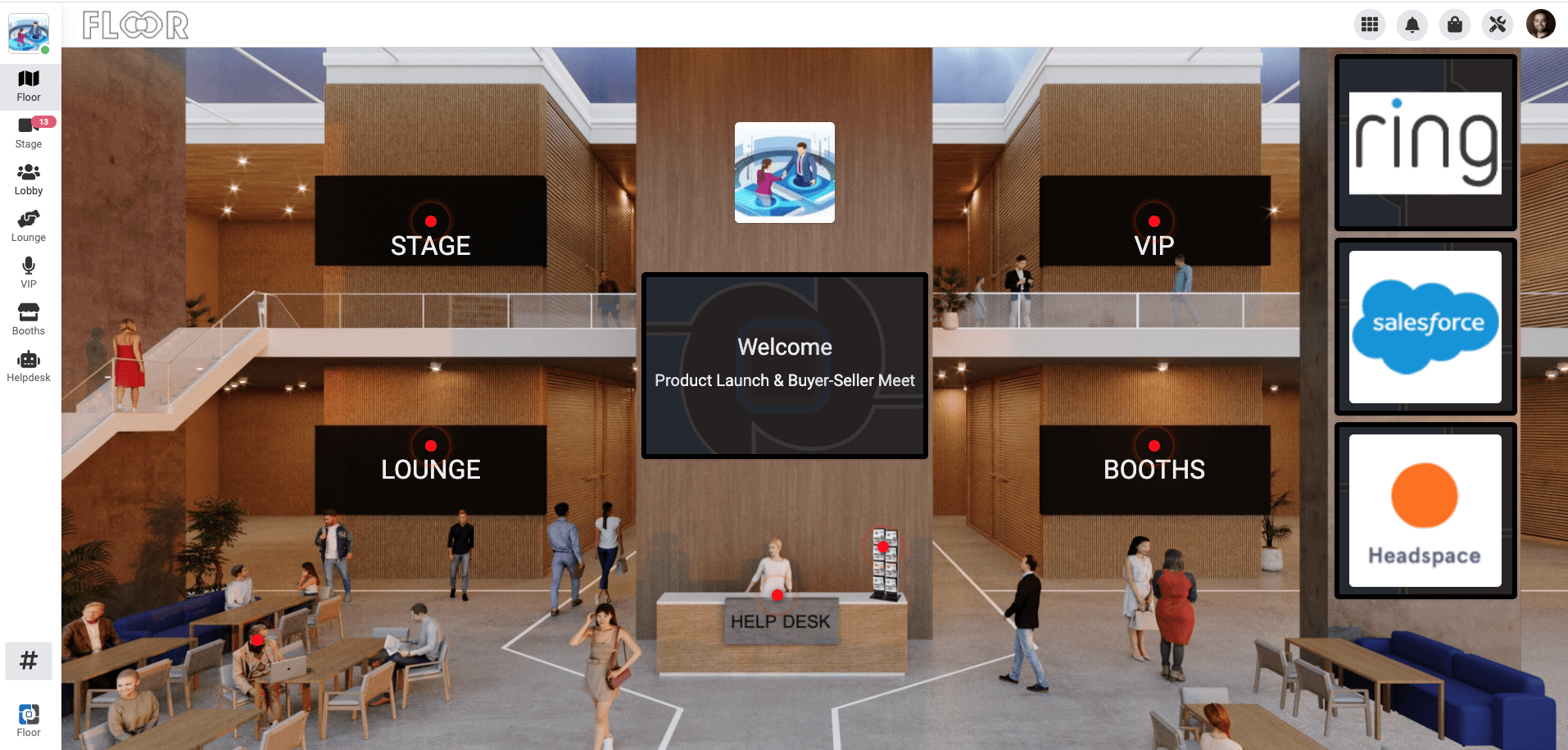
-
Market the Webinar to Your Target Audience
To ensure a maximum number of web seminar attendees register and participate, start your promotional activities at least 4-6 weeks prior to the event and increase the frequency closer to the date of the event. The registration will start flowing in gradually. As per our analysis, the maximum number of registrations come in a couple of weeks prior to the event.
Below are 8 ideas that will help you generate results and drive a good number of participants to your event:
- Create an informative website and make sure you add a CTA (call to action) button. You can also add pop-up banners on the sidebar of the landing pages.
- Send personalized email inviting the prospective attendees, as studies show email campaigns drive maximum registration to a web conference.
- Promote the event via social media channels. Send out timely and compelling posts on channels like LinkedIn Groups & Forums, Facebook and Twitter. You can also experiment with paid promotion on these channels to boost the reach of your posts.Use popular professional event listing platforms like 10Times, where listing is free and you have options for paid promotions.

4. Use popular professional event listing platforms like 10Times, where listing is free and you have options for paid promotions.
5. Invite industry influencers and partner with them to promote the event to add more value. When they mention your event to their followers it adds to the credibility of your event.
6. Try and experiment with paid Google Ads and Retargeting Ads.
7. Announce a series of webinars you may wish to organize in the next few months to show this event is not a one-time thing.
8. Make sure you promote on-demand webinars, as not everyone can attend the live event. This helps people to play reruns at their convenience. Add the recorded version on your website post-event so clients can access it.
Alright, so thats the end of our discussion on Webinars, but there is a lot more in store. We will keep a check on the new trends, until then, go launch a webinar. The secret is to get started and not to forget to have fun while doing it.
Let’s Build Stronger Community Together
Set-up a call with one of our Event Success Consultants
GLOBAL COMMUNITY
Used by over 25000+ organizers around the world to build & grow their community

